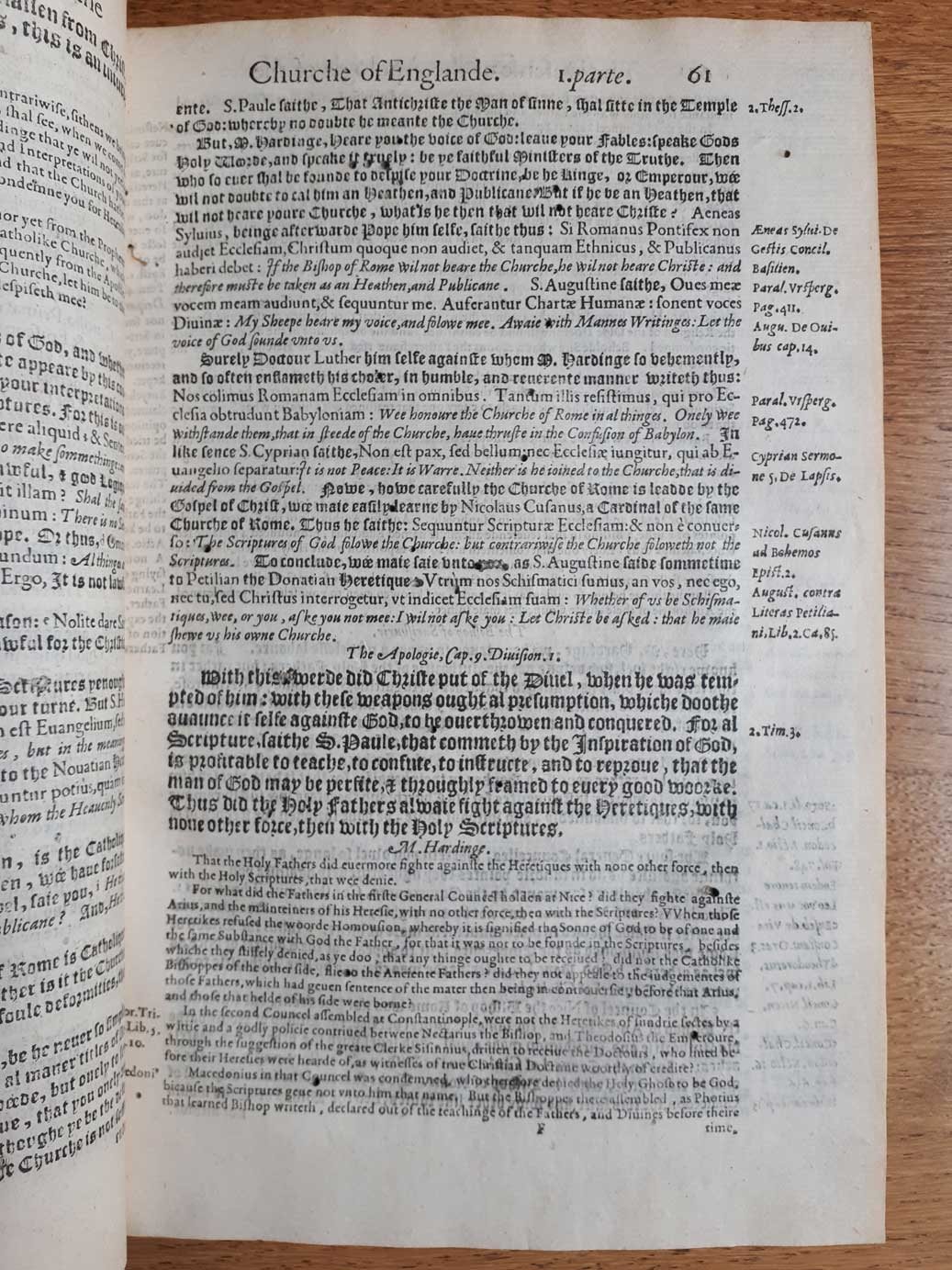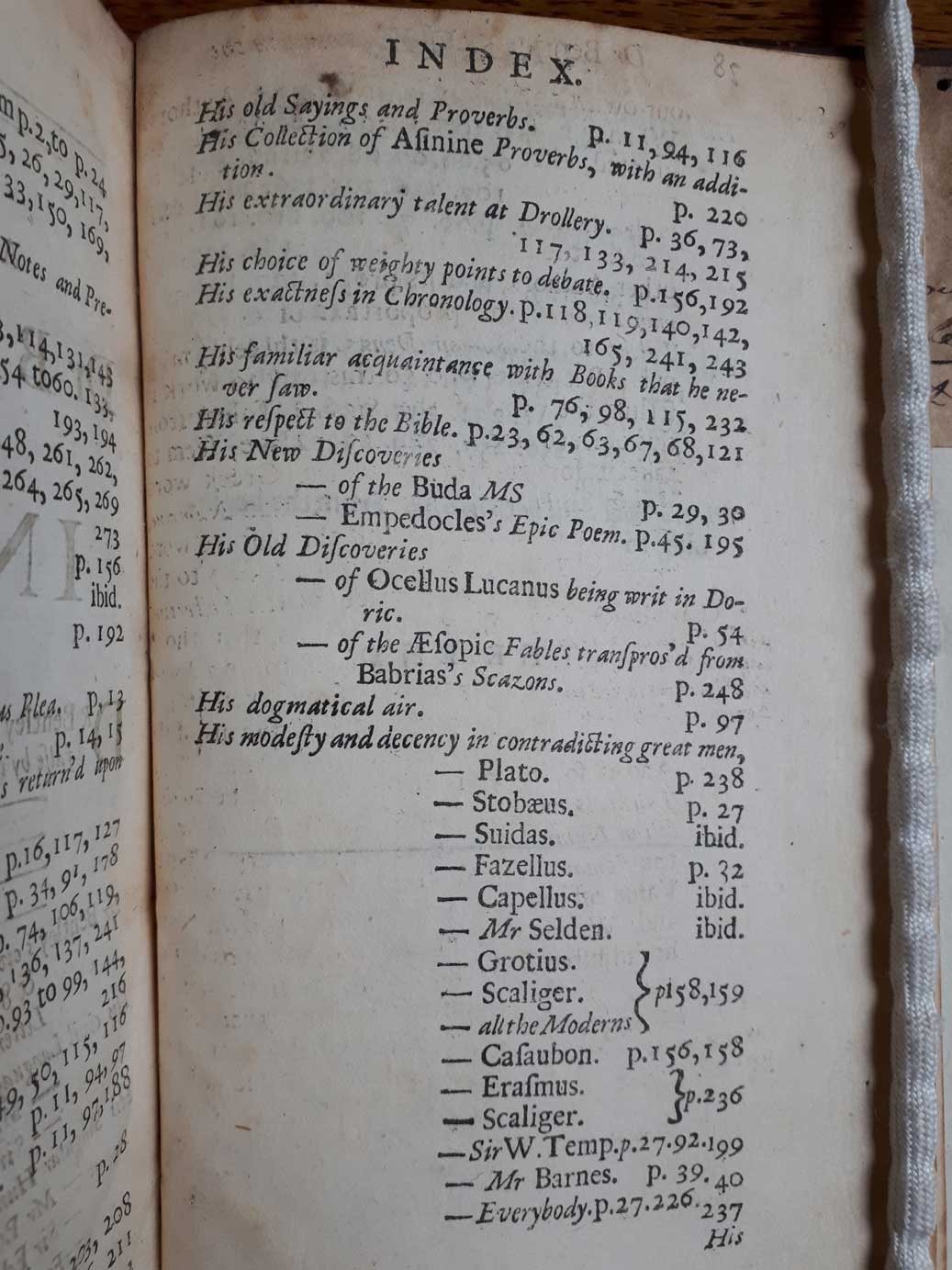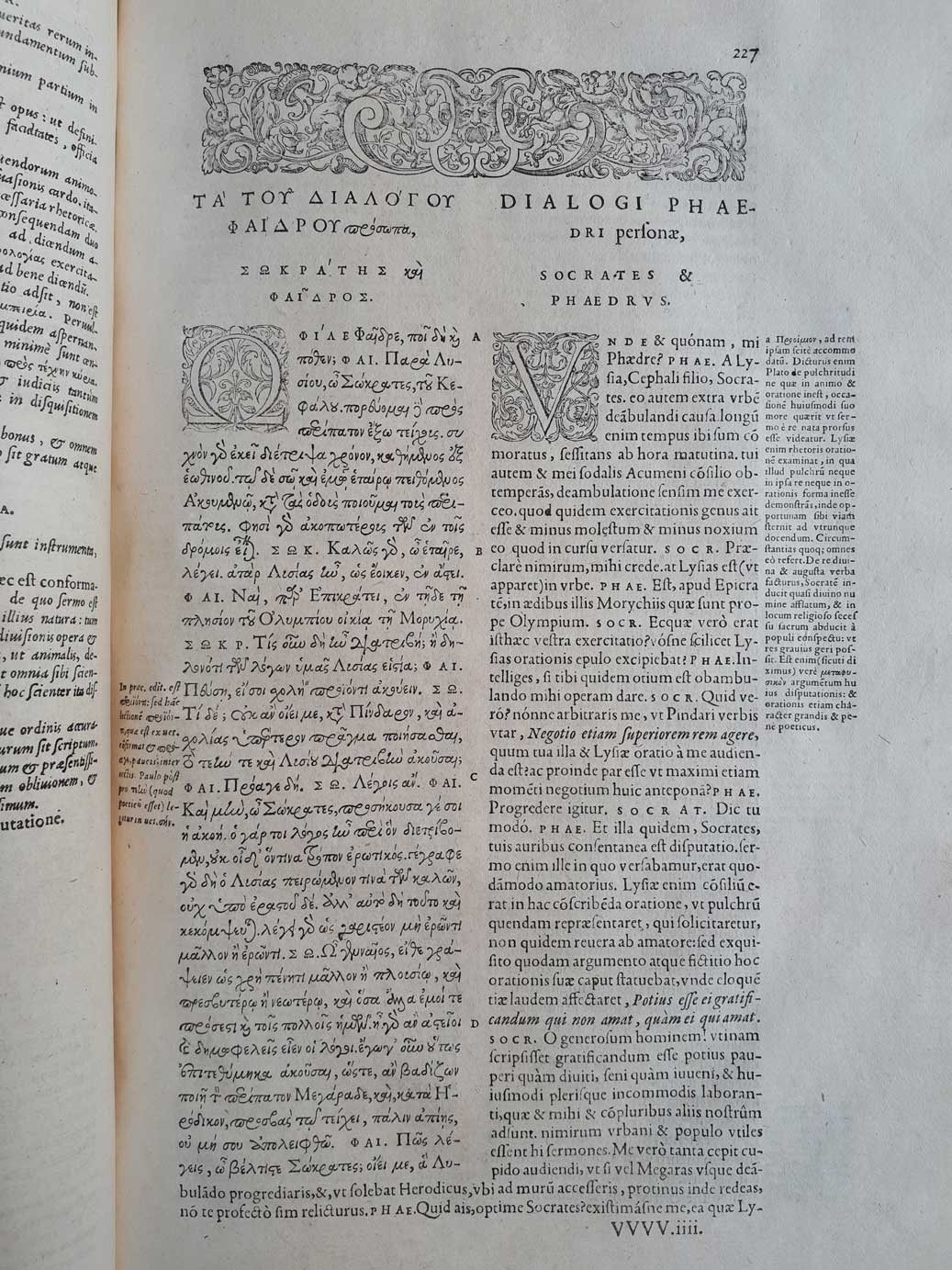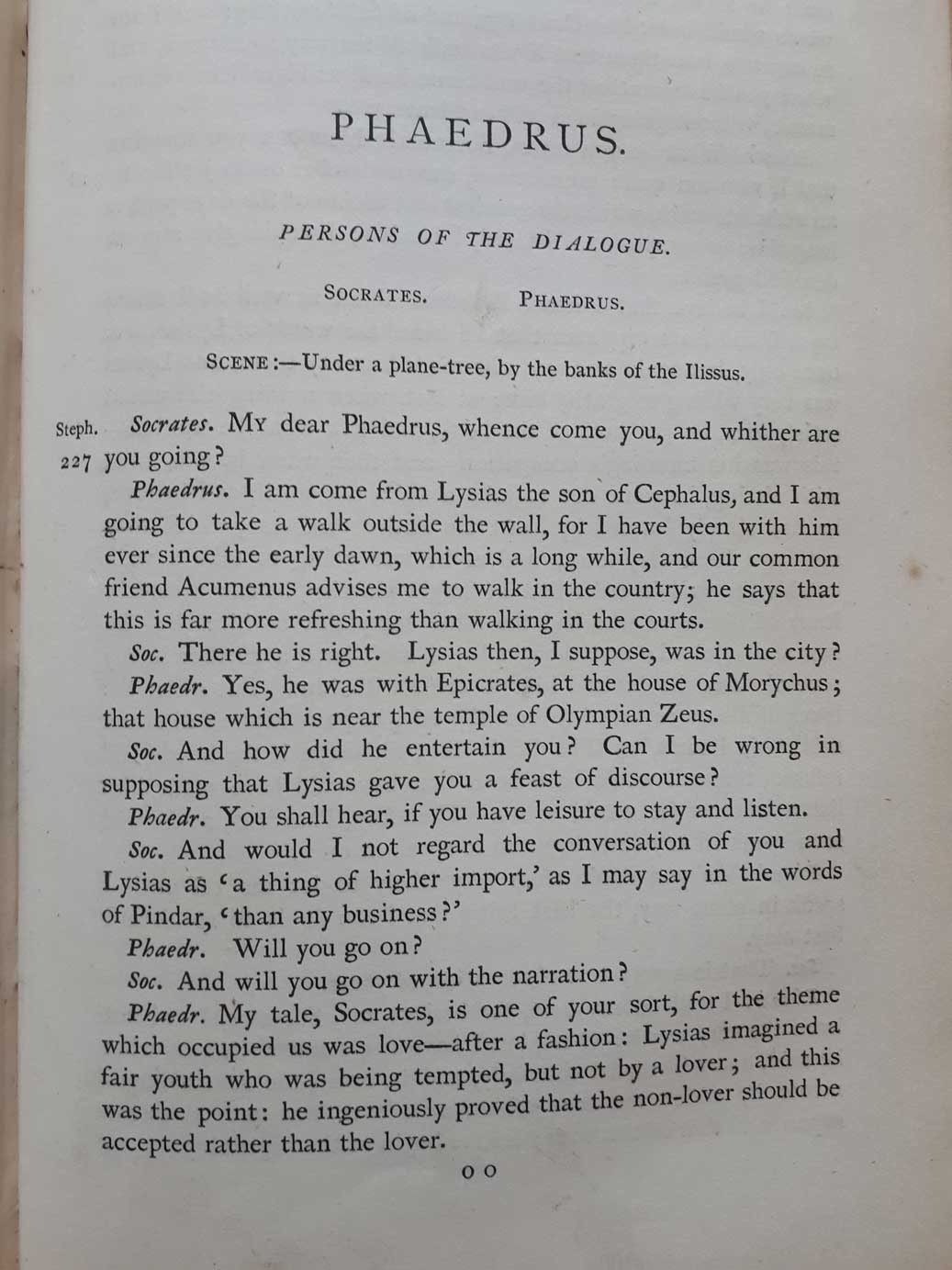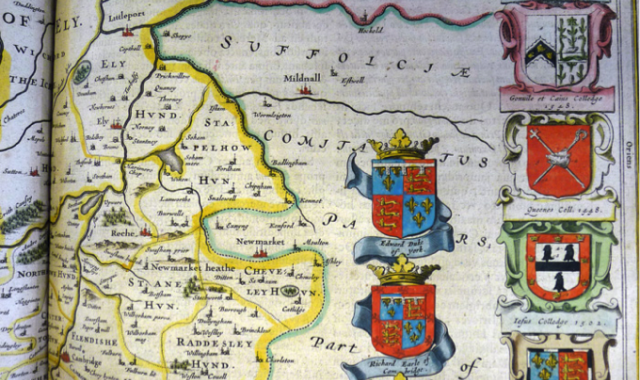Foliation and pagination

Books might be numbered internally from the earliest days of the form, either by the leaf (foliation), or by the page (that is, one side of a leaf: pagination), or in the medieval period by the opening (that is, a pair of facing pages). None of these systems, however, 'was ever widespread in Western European manuscripts':1 most of those that survive were numbered later.
Where they were added, these numberings were for the use of readers: the makers of books relied on the parallel system of signatures, in which each gathering (the group of leaves made by folding a single sheet) carried its own ordinal mark, usually at the bottom of one or more leaves. But because manuscripts were copied in different hands, any such numbering of a manuscript text was only useful to readers of that copy: in another, a given passage would be found in a different place. A text could be generally cited only by part or chapter divisions, if even these were established.2
The development of printing in Europe from the 1450s enabled identical numbering across all copies of a given edition. Foliation was 'adopted tentatively' for printed books in the fifteenth century (when it was at first added by hand to the printed text) and 'more enthusiastically' in the early sixteenth; pagination was adopted from the start of the sixteenth century, then 'spread rapidly' until it was standard by the end.3
Foliation and especially pagination, together with the standardization in printed books of the title page (typically stating a book's title, its author, and when, where, and by whom it was published), allowed a new level of precision in the citation of other texts. While a text might not keep all its appointments – in early modern printing, 'variety was the rule, even within single editions'4 – this practice was a permanent advance for study.
Foliation and pagination also supported other tools within the book: tables of contents, alphabetical indexes, and lists of errors. Tables and indexes were not new, but gained in accuracy and detail when tied to the physical structure of a given book. We may see their development and spread as solutions to a sixteenth-century 'information explosion',5 itself the effect of print and experienced as such at the time.6 These tools empowered a different kind of reading, one that was 'not simply linear or immersive but also desultory or selective'.7
1. Daniel Sawyer, 'Page Numbers, Signatures, and Catchwords,' in Book Parts, eds. Dennis Duncan and Adam Smyth (Oxford: Oxford University Press, 2019), 145–6. 2. Sawyer, 'Page Numbers', 146–7. 3. Sawyer, 'Page Numbers', 147. 4. Adrian Johns, The Nature of the Book (Chicago: University of Chicago Press, 1998), 31. 5. Ann Blair, 'Managing Information,' in The Oxford Illustrated History of the Book, ed. James Raven (Oxford: Oxford University Press, 2020), 171. 6. Blair, 'Information', 171–2. 7. Multigraph Collective, Interacting with Print (Chicago: University of Chicago Press, 2018), 156.

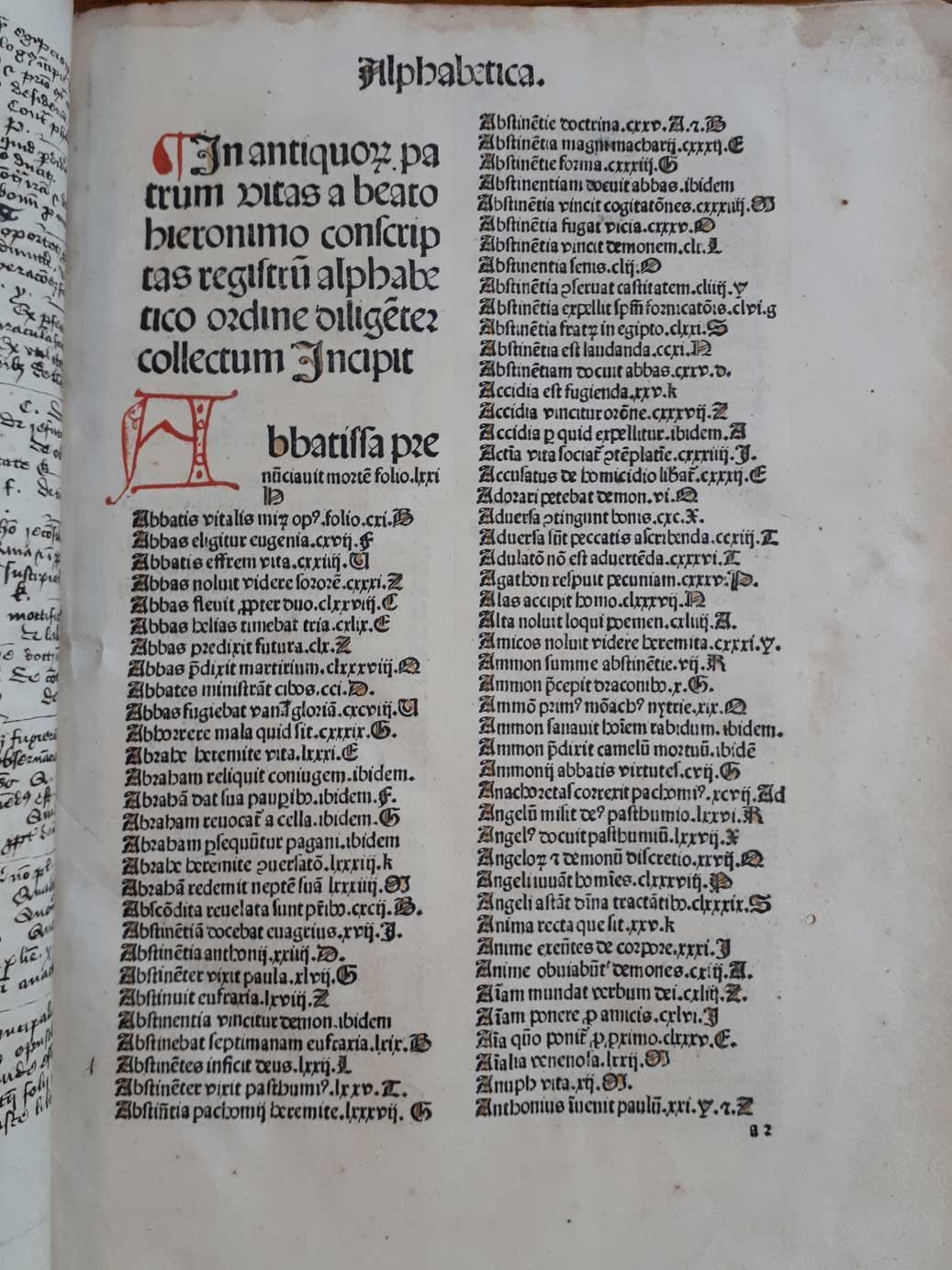
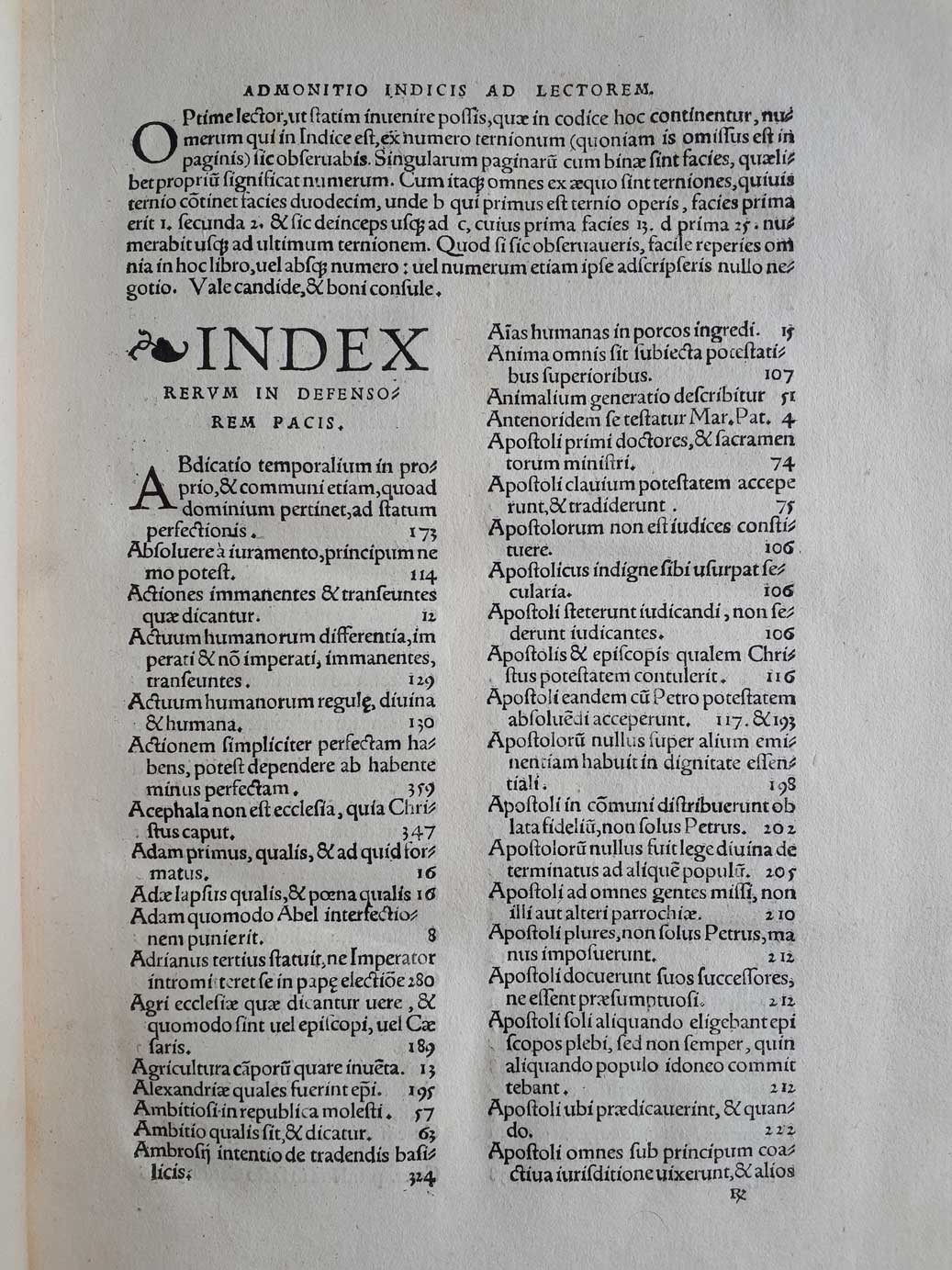
![L.16.48. This index of 'memorable things Sedulius [Scotus] treats' in a 1528 edition of his commentary on Paul is accurate even to the half-page: printed marginal letters divide each numbered leaf into four sections, A to D.](/sites/default/files/styles/gallery/public/gallery-images/L-16-48-index-30p.jpg?itok=WAZoPAxF)
